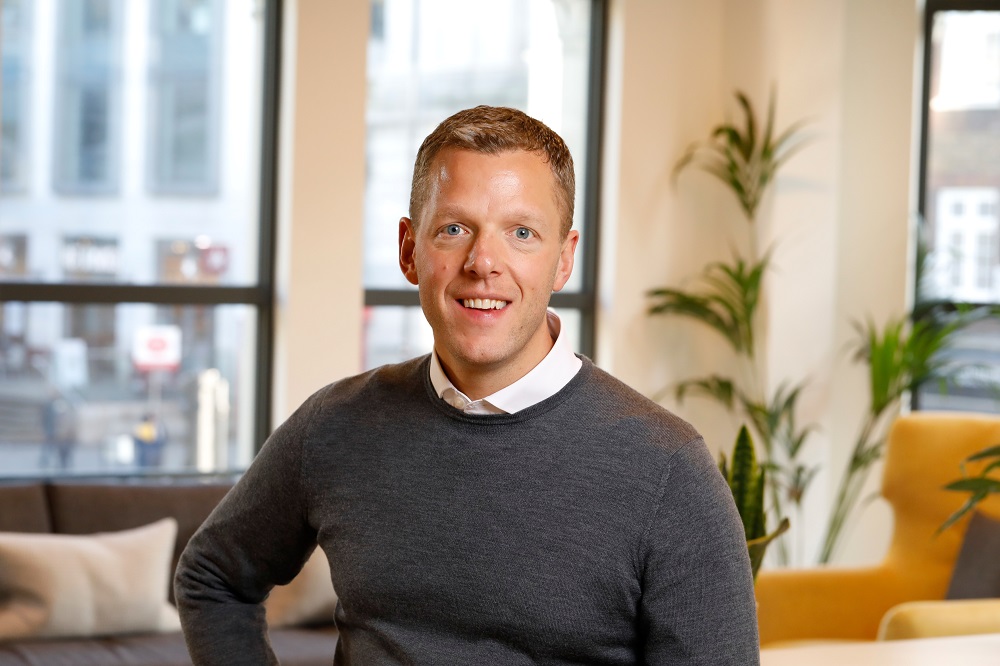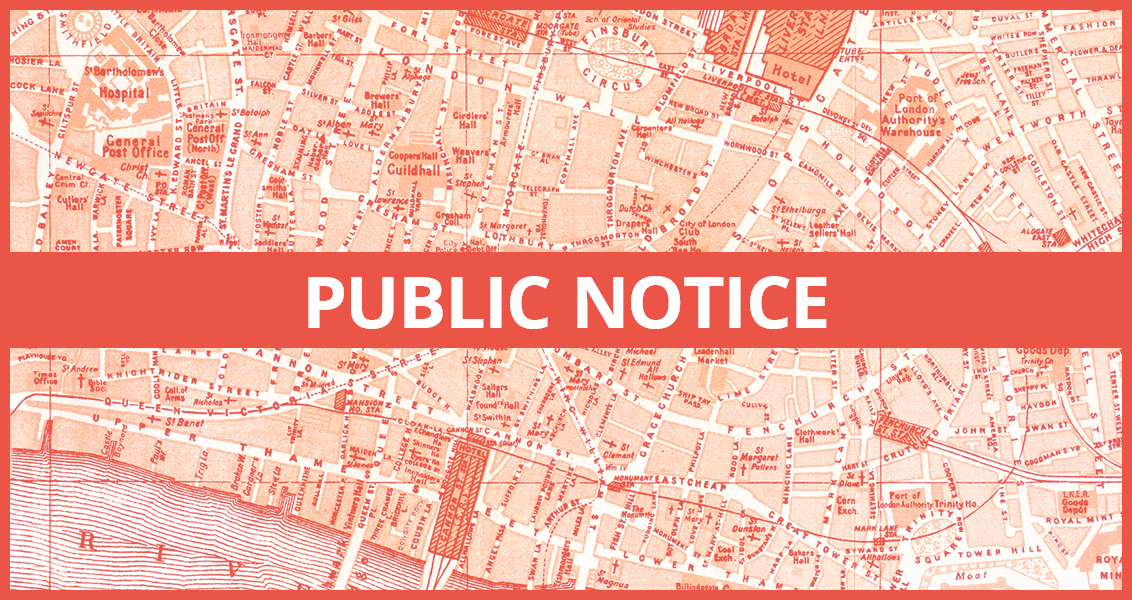We are experiencing one of those moments that they’ll teach in schools across the world for years to come. It will be a lesson, not only in the humanity of people coming together but also a crash course in how the new future of work was born and the industrial era of work ended.
The business world has been completely turned upside down. It is the biggest disruption we’ve seen since the introduction of computers and the internet in the 1980-90s.
It’s as if businesses have been given a reset button to finally change the outdated and inefficient industrial ways of working. And, in its place, finally execute a better future of work for this current working generation, as well as the next.
As the founder and CEO of consultancy disruptor, Sullivan & Stanley, I’ve been speaking with executives across numerous industries to understand the temperature of the market.
To date, I’ve been amazed at the speed their businesses have delivered change and, in some cases, pivoted to new ways of working and fresh revenue streams.
In response, I’ve seen key learnings and themes coming through that could potentially indicate the blueprint for a better working world.
NOW READ: London Chamber of Commerce call for UK safe travel corridors with other nations
Most executives do not want to go back to how it was. Leaders have seen what can be achieved when a company is fully aligned with one crisp goal – moving to remote working and saving the business – without the usual politics, lack of trust, analysis paralysis and micromanagement slowing them down. This has meant it has been easier to get value over the line and out the door faster.
Ruthless prioritisation. Every business has shifted from focusing on the important many to the critical few to deliver quick business outcomes. As they say, less is more and hopefully from now on executive groups and leadership teams will continue to be ruthless when prioritising what is valuable to the business. A truly focused business is much more efficient and purposeful.
The fall of middle management and hierarchy. There is just no time for decisions to go up and down the ladder. Businesses can now see how to effectively execute and deliver when middle management and hierarchical structures are removed, which starts a natural flattening of bloated organisational structures.
Rise of one team, fully aligned organisation. The pandemic has given everyone a sense of purpose, pulling in the same direction to understand what success looks like. The challenge leaders now face is to keep the same purpose and intensity without burning out their staff, to continue the great work that is going on to further digitise the workplace.
Shift in empathy to do what is best. Whether that is the best for the individual within the organisation or the customer. Even with the extreme pressure mounting daily, we’re seeing the majority of CEOs taking the most human approach and striving to build a better, more human-focused workplace through affinity and alignment. With hope, we will lose the industrial way of low engagement and instead spark the rise of high employee engagement across the business.
Although it’s been a very testing time, it’s clear that Covid-19 has given companies a free pass to deliver the kind of change that is needed to not only survive and thrive in a hyper-disruptive world but to make a difference for its people too.
This is only the start of what will pan out in the next decade. It’s true what creates chaos, also creates opportunity. And this has allowed us to build something better.
Why we must take the lessons we’ve learnt over the last few months to embed the good, further digitalisation of the workplace and continue working towards a better future of work.
Pat Lynes is an award-winning entrepreneur, founder and CEO of consultancy disruptor Sullivan & Stanley and author of The Interim Revolution.
For the latest headlines from the City of London and beyond, follow City Matters on Twitter, Instagram and LinkedIn.








